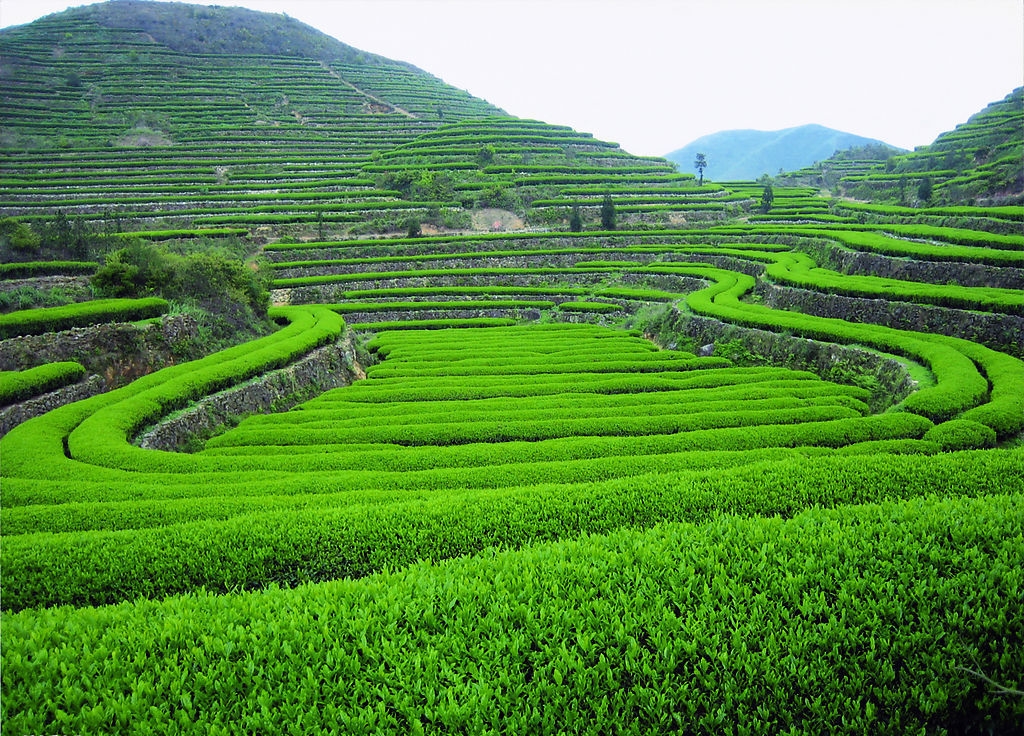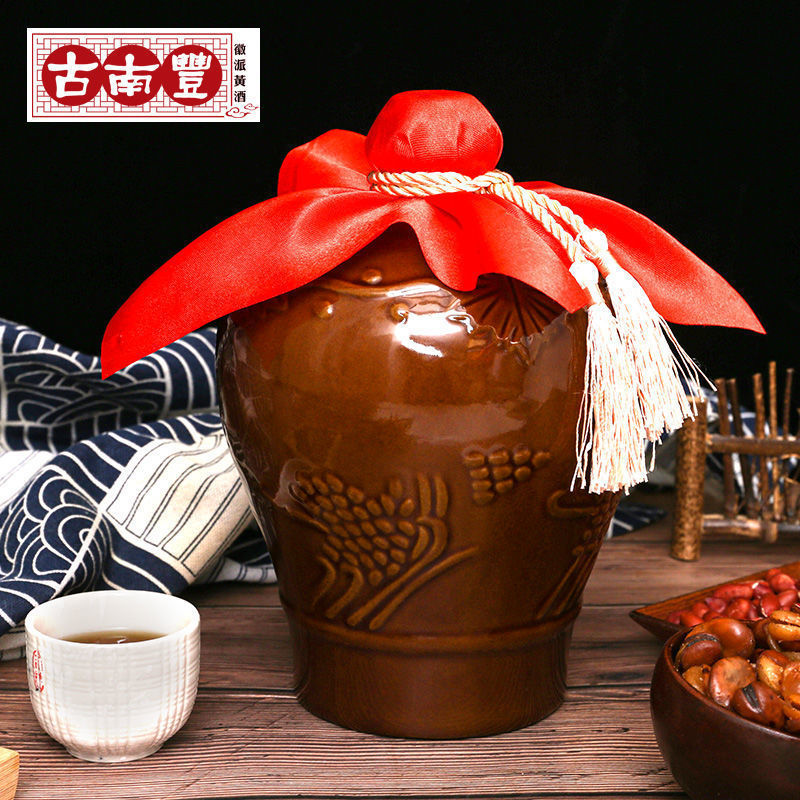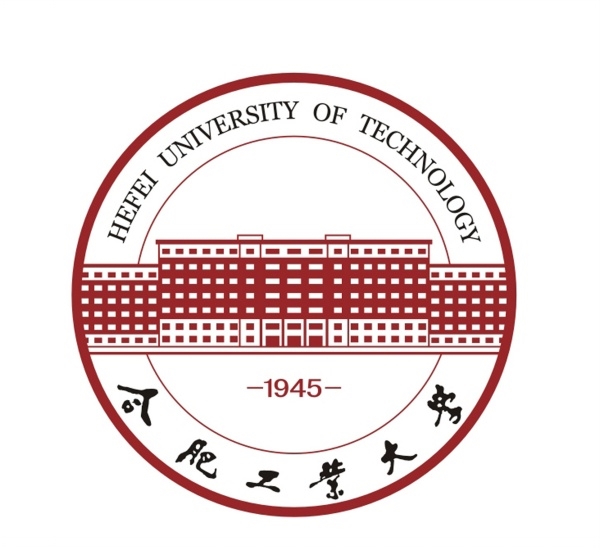
Deutsch-Chinesische Enzyklopädie, 德汉百科
 Anhui Sheng-AH
Anhui Sheng-AH
 Anhui Sheng-AH
Anhui Sheng-AH
 China
China
 Fujian Sheng-FJ
Fujian Sheng-FJ
 Grüntee
Grüntee
 Guangxi Zhuangzu Zizhiqu-GX
Guangxi Zhuangzu Zizhiqu-GX
 Guizhou Sheng-GZ
Guizhou Sheng-GZ
 Henan Sheng-HA
Henan Sheng-HA
 Hubei Sheng-HB
Hubei Sheng-HB
 Hunan Sheng-HN
Hunan Sheng-HN
 Jiangsu Sheng-JS
Jiangsu Sheng-JS
 Jiangxi Sheng-JX
Jiangxi Sheng-JX
 Shaanxi Sheng-SN
Shaanxi Sheng-SN
 Sichuan Sheng-SC
Sichuan Sheng-SC
 Zhejiang Sheng-ZJ
Zhejiang Sheng-ZJ

绿茶是茶叶的一种。经过杀青、揉捻、干燥,大部分白毫脱落,热水浸泡后依种类呈淡绿色至黄绿色的茶汤。绿茶通过杀青工艺的不同可分为四种:炒青茶、蒸青茶、烘青茶、晒青茶。中国大陆与台湾在绿茶制作上以炒青为主;日本制作绿茶的方式则以蒸青为主。
炒青即将茶叶鲜叶在摄氏120度左右的铁锅中翻炒,使其水分散失,使其变得绵软,以便做形。传统工艺为徒手翻炒,来到现代为机械翻炒。绿茶没有焙火工序,所以可以称为生茶。[1]
中国大陆大部分名茶为绿茶,如 产于杭州西湖龙井、苏州洞庭山碧螺春、秦岭山脉北麓的紫阳富硒毛尖、汉中仙毫等。在清明之前,茶树刚发芽时采摘的,为“明前茶”也称为“莲心”或“银针”;在谷雨前采摘的,为“雨前茶”,茶叶已展开,也称为“旗枪”;在立夏前采摘的为“三春茶”,已经有两片叶展开,也称为“雀舌”;立夏后再采摘,叶片已变厚,为“四春茶”,也可称做“梗片”。
Grüntee wird aus den gleichen Pflanzen wie Schwarztee hergestellt; erst der Verarbeitungsprozess lässt den Unterschied entstehen.
Bei der Grünteeherstellung ist besondere Sorgfalt und Schnelligkeit gefragt, damit die Teeblätter nach der Ernte nicht oxidieren und so zu Schwarztee werden würden.
Daher werden sie sofort nach dem Pflücken entweder im Wasserdampf blanchiert - die japanische Methode - oder sie werden über Feuer getrocknet, wie es in China üblich ist.
Damit Ihr Grüntee gelingt, sollten Sie ihn niemals mit kochendem sondern stets mit etwas abgekühltem Wasser zubereiten. Außerdem ist er ergiebiger als schwarzer Tee, so dass Sie weniger Teeblätter benötigen.
Sollte der Tee Ihnen zu grasig oder spinatig sein, sollten Sie kühleres Wasser und etwas weniger Teeblätter verwenden. Weitere Tipps finden Sie bei unseren Zubereitungshinweisen.
(Quelle:http://www.teespeicher.de/Gruentee1.html)
Grüner Tee oder Grüntee (japanisch 緑茶 ryokucha, chinesisch 綠茶 / 绿茶, Pinyin lǜchá) ist eine Variante, Tee herzustellen. Die Teeblätter werden im Gegensatz zu schwarzem Tee nicht fermentiert. Wegen der anderen Verarbeitung werden für grünen Tee eher die Blätter von Camellia sinensis gegenüber der Varietät assamica bevorzugt, da sich die kleinblättrige, zartere Sorte besser eignet. Grüner Tee unterscheidet sich von schwarzem Tee unter anderem in der Zubereitung, im Geschmack, den Inhaltsstoffen und Wirkungen des Aufgusses.
緑茶(りょくちゃ 拼音: )は、チャノキの葉から作った茶のうち、摘み取った茶葉を加熱処理して発酵を妨げたもの。もしくはそれに湯を注ぎ、成分を抽出した飲料のこと。
日本においては日本茶と同意に使われることが多い。日本茶(煎茶、ほうじ茶、抹茶など)はその多くが緑茶であり、日本でもっとも良く飲まれている茶である。中国茶もジャスミン茶として飲まれるものを含め緑茶に分類される物が主流で、中国や台湾で最も飲まれているのも緑茶である。烏龍茶やプーアル茶などは比較的特殊な部類に入り、産地を離れると余り飲まれず、日本人にとっての玉露や抹茶のような扱いになる。
日本では寿司や菓子とともに、あるいは食後に熱い茶を飲むのが一般的だった。近年、ペットボトル入りの緑茶の普及と健康志向の高まりで、水やジュースなどと同じ感覚で屋外や運動中に冷えた茶を飲む例が増えている。飲料メーカーは「ノンカロリー」「カテキン効果」などを宣伝文句に販売し、欧米やアジア諸国でも緑茶ブームが起きている。また、静岡では焼酎などを緑茶で割って「お茶割り」という名前で飲むことがあり、これを「静岡割り」として普及させようという動きもある。
Green tea is a type of tea that is made from Camellia sinensis leaves that have not undergone the same withering and oxidation process used to make oolong teas and black teas.[1] Green tea originated in China, but its production and manufacture has spread to many other countries in Asia.
Several varieties of green tea exist, which differ substantially based on the variety of C. sinensis used, growing conditions, horticultural methods, production processing, and time of harvest. Although there has been considerable research on the possible health effects of consuming green tea regularly, there is little evidence that drinking green tea has any effects on health.[2]
Un thé vert, en chinois simplifié : 绿茶 ; chinois traditionnel : 綠茶 ; pinyin : , et en japonais 緑茶 (Ryokucha) est un thé dont l'oxydation naturelle est rapidement stoppée après la cueillette. Il en résulte un thé non-oxydé maximisant ainsi sa teneur en EGCG et autres catéchines. Le thé vert contient également une concentration importante de L-théanine et une concentration de caféine inférieure à celle du thé noir. Une fois infusé, il peut être consommé chaud ou froid.
L'arrêt de l'oxydation des feuilles de thé, moment clé dans la production du thé vert, peut être obtenu selon deux méthodes : la méthode chinoise, dans laquelle les feuilles sont chauffées dans des cuves, et la méthode japonaise. Les thés produits selon la méthode japonaise1 bénéficient d'un arrêt de l'oxydation à la vapeur ce qui préserve davantage les propriétés des feuilles de thé qu'avec la méthode chinoise2. Ces thés de qualité se reconnaissent à la couleur foncée de leurs feuilles, à leur odeur d'algues une fois infusés et à leur goût herbacé et iodé. De nombreux producteurs, notamment au Japon3,4, se tournent aujourd'hui vers une production de thés verts conforme aux exigences de l'agriculture biologique.
Le thé vert est le thé le plus consommé en Chine, en Corée et au Japon. Il se répand aujourd'hui de plus en plus en Occident, où l'on boit traditionnellement plutôt du thé noir. Les différents terroirs, cultivars utilisés et modes de culture permettent d'obtenir des thés verts très différents. Si le sencha est le thé quotidien des Japonais, lors de la cérémonie du thé japonaise c'est du matcha, une poudre de thé vert broyé, qui est utilisé. Le matcha est désormais incorporé dans des pâtisseries et est l'ingrédient de base du matcha latte et du matcha frappé. Les thés verts les plus prestigieux comme le gyokuro (Japon) ou le long jing (Zhejiang, Chine) peuvent atteindre des prix importants sur le marché. Le thé vert intervient également dans la production de thé aromatisé comme le genmaicha qui lui associe du riz ou le gunpowder, qui est l'ingrédient de base du thé à la menthe.
Il tè verde (in cinese 綠茶T, 绿茶S, lǜcháP; in coreano 녹차?, nokchaLR, in giapponese: 緑茶 ryokucha?, in vietnamita Trà xanh) è una variante del tè ottenuta con foglie di Camellia sinensis (o Thea chinensis) che durante la lavorazione non devono subire alcuna ossidazione. Di origini cinesi come tutti i tè, per secoli è stato consumato in varie regioni asiatiche, dal Giappone al Medio Oriente. Negli ultimi anni ha trovato la sua diffusione anche in Occidente, dove per tradizione si consuma per lo più tè nero (più correttamente, rosso). A livello globale è la seconda varietà di tè più diffusa: dei 2,5 milioni di tonnellate di tè che si producono a livello mondiale, il 20% è rappresentato da tè verde (il 78% da tè nero, il 2% da tè blu).[1]
El té verde (chino tradicional: 綠茶, chino simplificado: 绿茶, pinyin: Lǜ chá) es un tipo de té Camellia sinensis que no ha sufrido una oxidación durante su procesado, a diferencia del té negro, ya que las hojas se recogen frescas y después de someterse al secado, se prensan, enrollan, trituran y finalmente se secan. El té verde supone entre una cuarta y una quinta parte del total de té producido mundialmente. Los principales países productores de té verde son China, Japón y Vietnam.1Se ha hecho más popular en Occidente, que tradicionalmente toma té negro.
Зелёный чай — чай, подвергнутый минимальной ферментации (окислению).
И зелёный, и чёрный чай получают из листьев одного и того же чайного куста, однако различными способами. Зелёный чай предварительно часто фиксируется паром температуры 170—180 °C; окисление продолжается не более двух дней, после чего обычно прекращается нагревом (традиционно в горшках, как принято в Китае, или под паром, как принято в Японии) или вообще не проводится. Чай оказывается окислен на 3—12 %.
Многочисленные восточноазиатские сорта зелёного чая обладают заметными различиями, обусловленными условиями выращивания, сбора и обработки чайных листьев[1]. Зелёный чай происходит из Китая[2] и традиционно популярен в Азии (в Японии, Корее, на Ближнем Востоке). В более западных странах, где традиционно преобладает чёрный чай, рост популярности зелёного чая пришёлся на конец XX века.



 Anhui Sheng-AH
Anhui Sheng-AH



 Automobile
Automobile



 Automobile
Automobile
 *Commercial vehicles
*Commercial vehicles
 Chinesiches Automobil
Chinesiches Automobil

 Companies
Companies
 Mainland China,Hong Kong,Macau,Taiwan
Mainland China,Hong Kong,Macau,Taiwan

 Companies
Companies


Die Gegenzeichnung dieses Vertrages wurde von Osnabrücks Oberbürgermeister Boris Pistorius und Hefeis Oberbürgermeister Cunrong Wu am 8. November 2006 im Friedenssaal des historischen Rathauses in Osnabrück vorgenommen. Hefeis Oberbürgermeister hat Osnabrück mit einer offiziellen Delegation besucht und dabei die Gelegenheit genutzt, die bestehenden Kontakte zu Hochschulen, Industrie und Wirtschaft zu vertiefen und Neue aufzubauen.
(Quelle:www.osnabrueck.de/20974.asp)






 Eat and Drink
Eat and Drink
 International cities
International cities
 Music
Music
 Architecture
Architecture
 Transport and traffic
Transport and traffic
 World Heritage
World Heritage
 History
History
 Religion
Religion